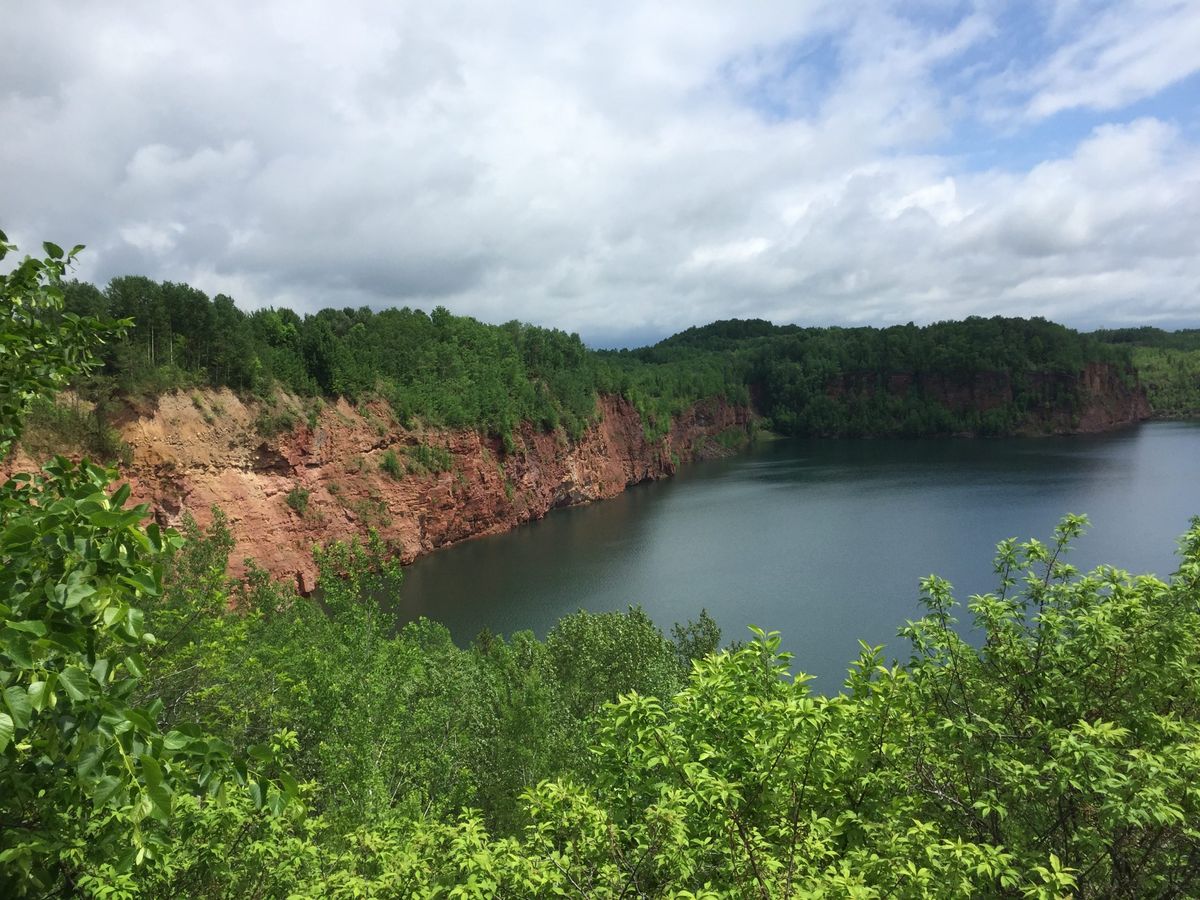Secrets Of Minnesota’s Lost Iron Mining Towns

Have you ever wondered about the hidden stories behind Minnesota's lost iron mining towns? These once-thriving communities played a crucial role in shaping the state's history. Imagine walking through abandoned streets where miners and their families once lived, worked, and dreamed. These towns, now mostly forgotten, were bustling hubs of activity during the iron mining boom. From the late 1800s to the mid-1900s, they contributed significantly to the nation's industrial growth. Today, remnants of these towns offer a glimpse into a bygone era. Join us as we uncover the secrets and stories of Minnesota's lost iron mining towns.
Secrets of Minnesota's Lost Iron Mining Towns
Minnesota's iron mining history is rich and fascinating. Many towns sprang up around the mines, only to be abandoned when the ore ran out. These ghost towns hold stories of a bygone era, waiting to be uncovered. Let's explore some of these forgotten places.
Chisholm: The Heart of the Iron Range
Chisholm, once a bustling mining town, now offers a glimpse into the past. Its history is preserved through museums and landmarks.
- Minnesota Discovery Center: This museum showcases the history of the Iron Range, with exhibits on mining, immigration, and local culture.
- Iron Man Statue: A tribute to the miners who worked in the area, this statue stands as a reminder of the town's roots.
- Longyear Drill Site: The site where the first iron ore was discovered in the area, marking the beginning of the mining boom.
Hibbing: The Town That Moved
Hibbing's story is unique. The entire town was relocated to access the rich iron ore deposits beneath it. Today, it offers a mix of history and modern attractions.
- Hull-Rust Mahoning Mine View: One of the largest open-pit iron mines in the world, offering stunning views and a visitor center with historical exhibits.
- Greyhound Bus Museum: Hibbing is the birthplace of the Greyhound bus line, and this museum tells its story.
- Historic Hibbing High School: Built in the 1920s, this school is a beautiful example of early 20th-century architecture.
Virginia: A Town of Resilience
Virginia, another key player in the Iron Range, has faced its share of challenges but remains a vibrant community.
- Mineview in the Sky: This overlook provides panoramic views of the Rouchleau Mine, a testament to the town's mining heritage.
- Heritage Museum: Located in the former Olcott Park greenhouse, this museum highlights the history of Virginia and the surrounding area.
- Iron Range Veterans Memorial: A tribute to the men and women who served in the military, many of whom worked in the mines.
Eveleth: Home of the Hockey Hall of Fame
Eveleth is known for its mining history and its love of hockey. The town offers a blend of both worlds.
- United States Hockey Hall of Fame: Celebrating the sport's history in the U.S., this museum is a must-visit for hockey fans.
- Leonidas Overlook: Offers a view of the Leonidas Mine, one of the oldest and deepest mines in the area.
- Eveleth Cliffs: These cliffs provide a scenic backdrop and a reminder of the town's mining past.
Tower-Soudan: Minnesota's Oldest Mine
Tower-Soudan is home to Minnesota's oldest iron mine, now a state park offering tours and educational programs.
- Soudan Underground Mine State Park: Visitors can take a tour of the underground mine and learn about the mining process.
- Lake Vermilion-Soudan Underground Mine State Park: This park offers camping, hiking, and fishing, along with tours of the historic mine.
- Tower Train Depot: A historic train depot that now serves as a museum, showcasing the area's mining and railroad history.
Biwabik: A Small Town with Big History
Biwabik may be small, but its history is significant. The town's name means "iron" in the Ojibwe language, reflecting its roots.
- Giants Ridge Recreation Area: Known for its skiing and golf, this area also has trails that highlight the region's mining history.
- Honk the Moose Statue: A quirky statue commemorating a children's book set in Biwabik, adding a touch of whimsy to the town.
- Biwabik Heritage Center: This center preserves the town's history, with exhibits on mining, local culture, and more.
Minnesota's Hidden History
Minnesota's lost iron mining towns offer a unique glimpse into the past. These once-thriving communities played a crucial role in the state's development. Exploring places like Hibbing, Virginia, and Ely reveals stories of hard work, resilience, and change. Abandoned buildings, old mines, and local museums help bring these stories to life.
Visiting these towns isn't just about history. It's also about experiencing the beauty of Minnesota's landscapes. The Iron Range, with its forests and lakes, provides a stunning backdrop for these forgotten places. Whether you're a history buff or just looking for a new adventure, these towns have something to offer.
Take the time to visit and learn about Minnesota's iron mining heritage. You'll gain a deeper appreciation for the state's history and the people who shaped it. These hidden gems are waiting to be discovered.

